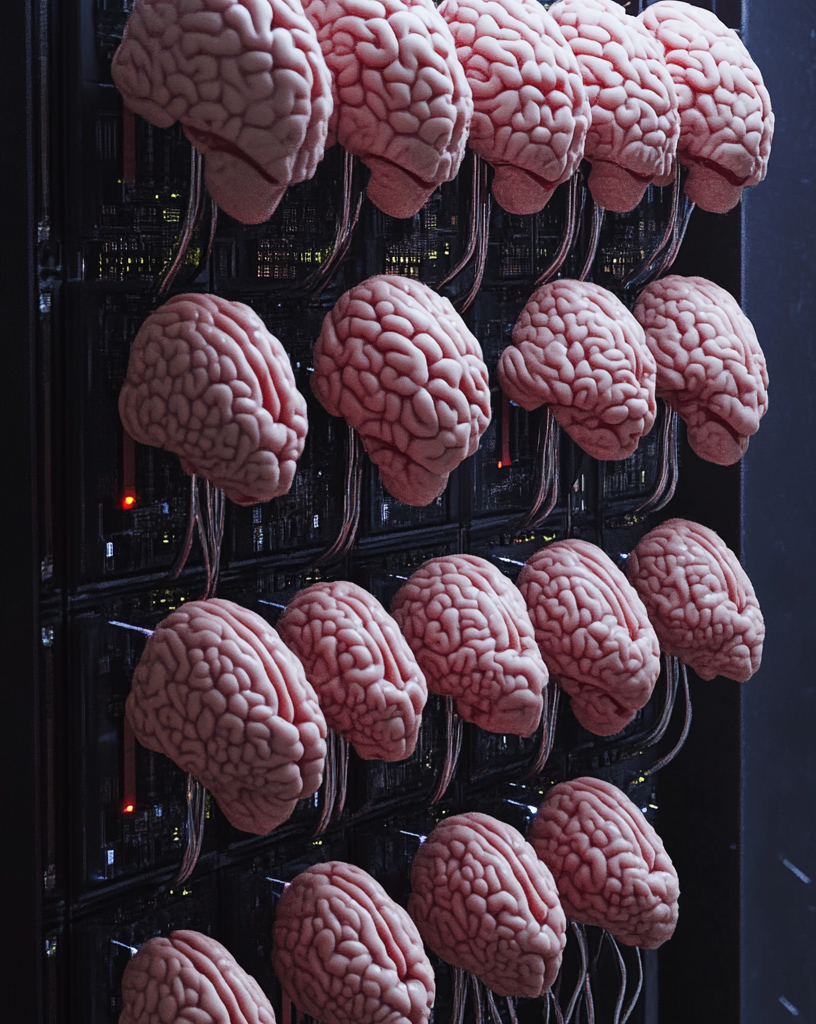In the realm of science fiction, the concept of controlling machines with our thoughts has long captured our imagination. Today, this vision is edging closer to reality, thanks to the remarkable field of Brain-Computer Interfaces (BCIs).
What are Brain-Computer Interfaces?
BCIs are systems that establish a direct communication pathway between the human brain and external devices, such as computers or robotic limbs. They work by decoding brain signals, interpreting the user’s intentions, and translating them into commands that control the external device.
How do BCIs work?
BCIs can be broadly categorized into two types:
- Invasive BCIs: These involve implanting electrodes directly into the brain to record neural activity with high precision. While they offer superior signal quality, they also come with risks associated with surgery and long-term implantation.
- Non-invasive BCIs: These use external sensors, such as electroencephalography (EEG) caps, to detect brain activity from the scalp. They are less invasive but offer lower signal resolution compared to their invasive counterparts.
Current Applications of BCIs
- Medical Applications: BCIs hold immense potential for assisting individuals with paralysis or other motor impairments. They enable users to control prosthetic limbs, wheelchairs, or even communicate through text or speech synthesis, offering a newfound sense of independence.
- Neurofeedback and Rehabilitation: BCIs are used in neurofeedback training to help individuals learn to regulate their brain activity, potentially improving conditions like ADHD or epilepsy. They also aid in stroke rehabilitation by promoting neuroplasticity and facilitating motor recovery.
- Gaming and Entertainment: BCIs are making their way into the gaming and entertainment industries, offering novel ways to interact with virtual environments and control game characters using thoughts alone.
The Future of BCIs
The future of BCIs is brimming with possibilities. Advancements in machine learning and miniaturization of electronics are paving the way for more sophisticated and accessible BCI systems.
- Enhanced Communication: BCIs could revolutionize communication, allowing us to express our thoughts and emotions directly, bypassing the limitations of language.
- Cognitive Enhancement: BCIs could potentially augment our cognitive abilities, improving memory, attention, and learning capabilities.
- Brain-to-Brain Communication: The concept of direct brain-to-brain communication, where thoughts and ideas are exchanged without the need for spoken or written language, might become a reality.
Ethical Considerations
While the potential of BCIs is vast, it is essential to consider the ethical implications. Issues such as privacy, security, and potential misuse of BCIs need to be carefully addressed to ensure responsible development and deployment of this transformative technology.
Conclusion
Brain-Computer Interfaces represent a remarkable frontier in human-machine interaction. They have the potential to revolutionize healthcare, communication, and our understanding of the human mind. As research and development continue, we can anticipate exciting breakthroughs that will shape the future of BCIs and redefine the boundaries of what’s possible.
Remember: The field of BCIs is rapidly evolving. Staying informed about the latest advancements will allow you to witness firsthand how this technology is shaping the world around us.











